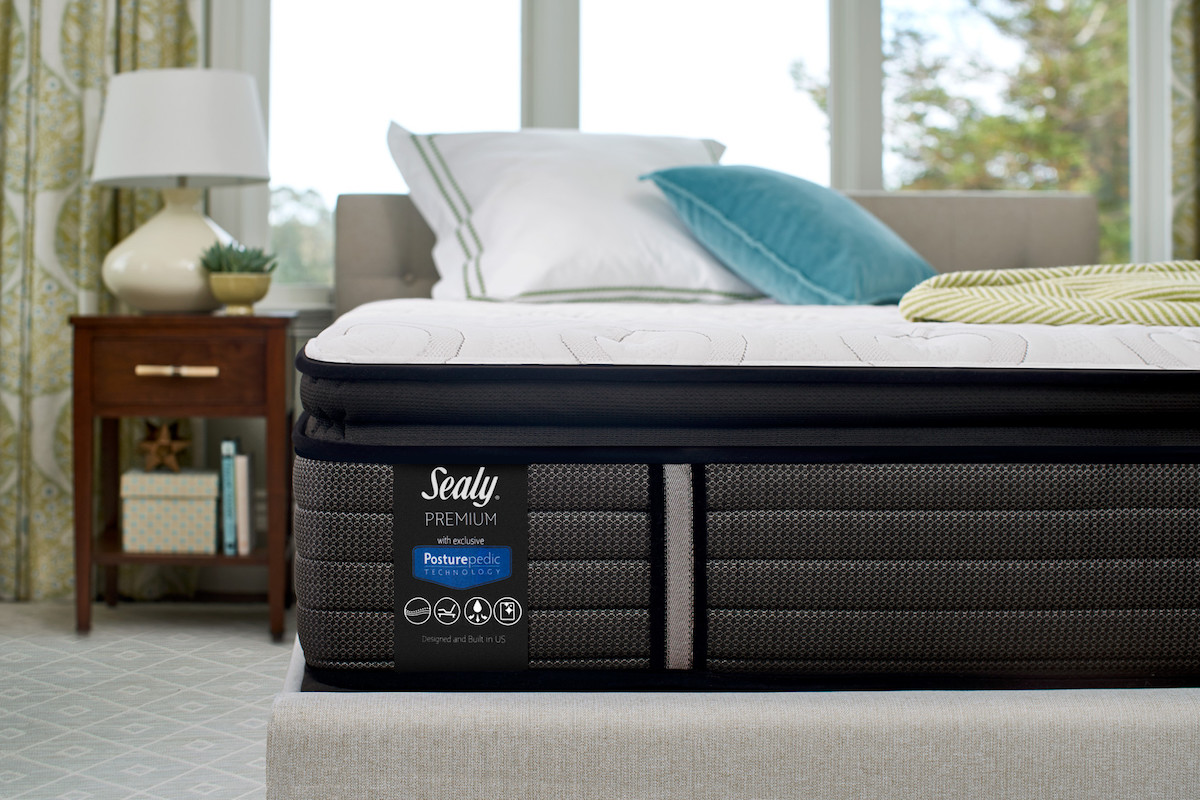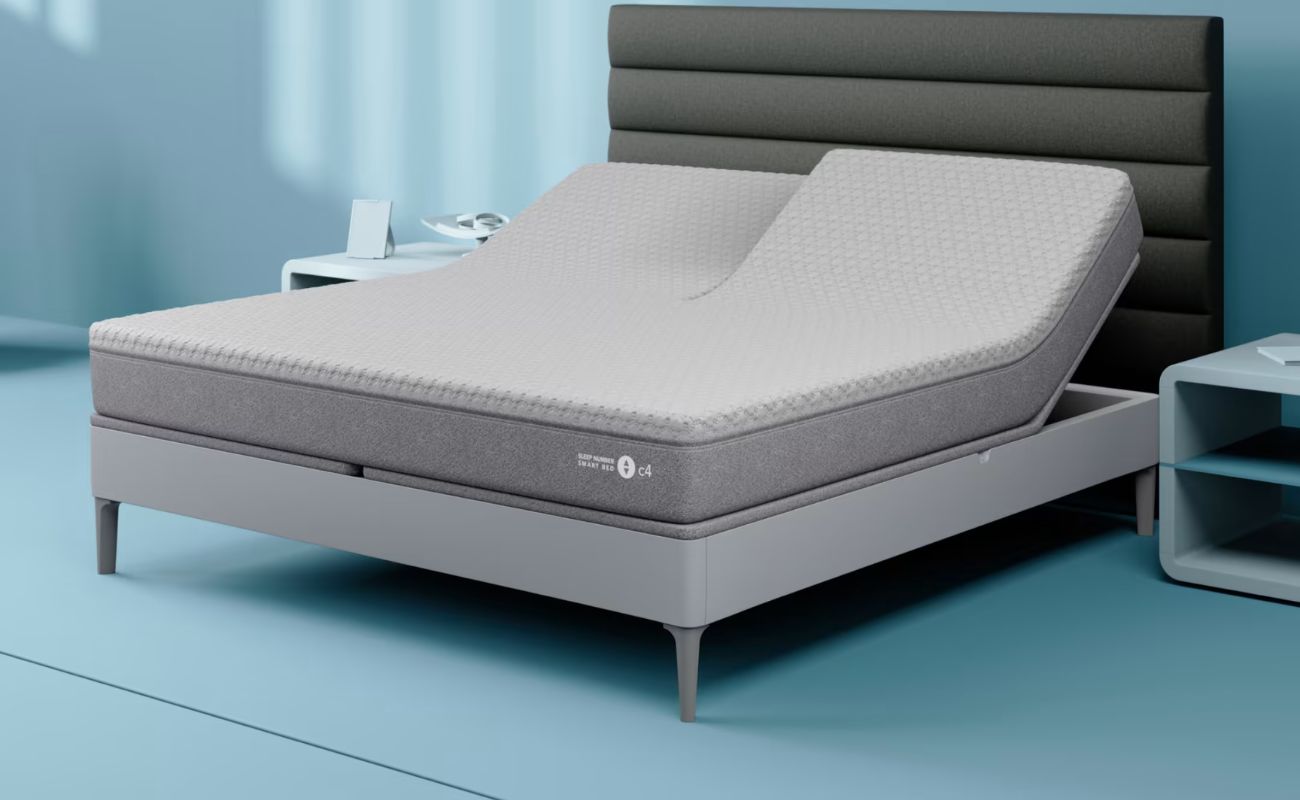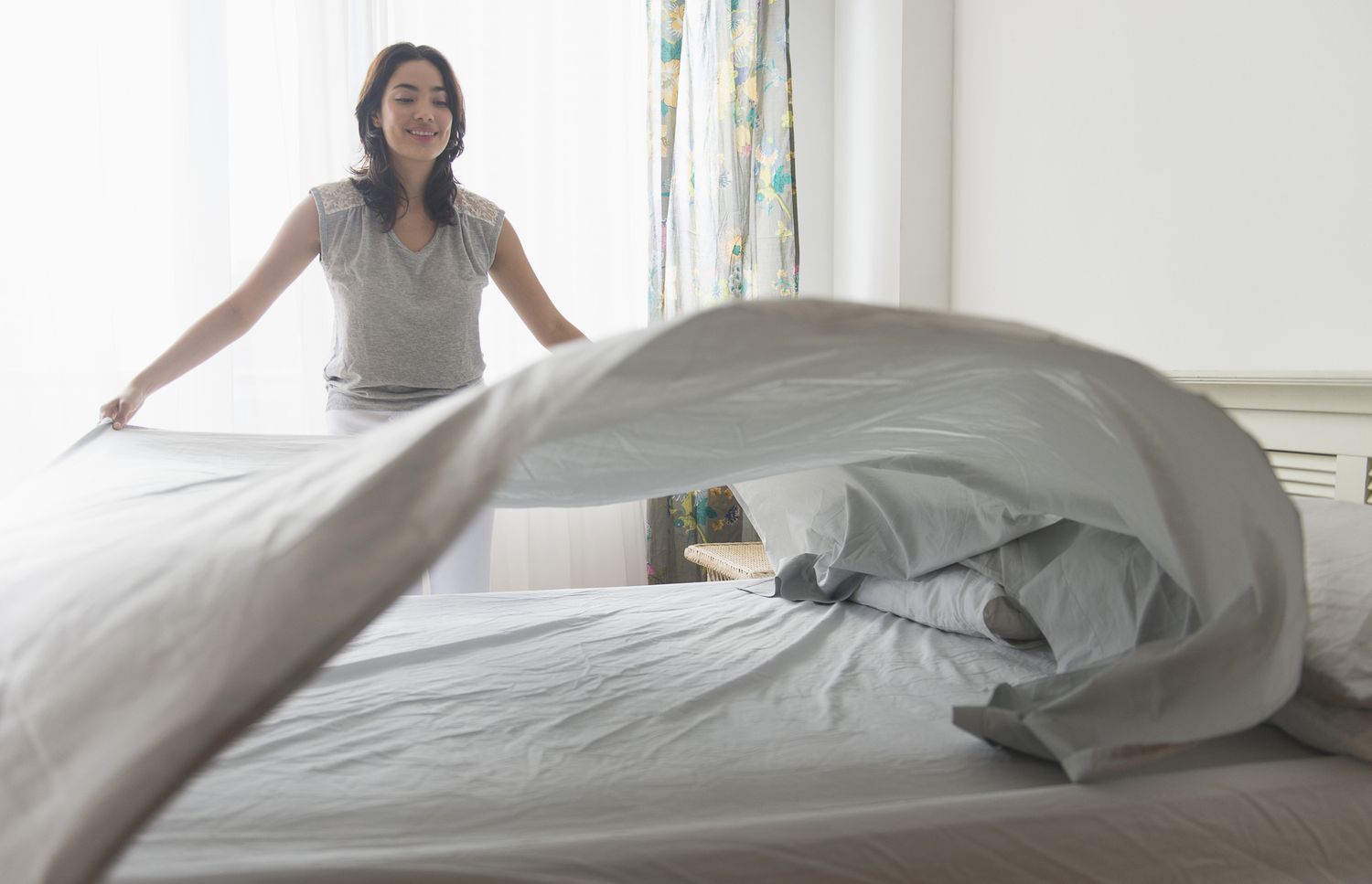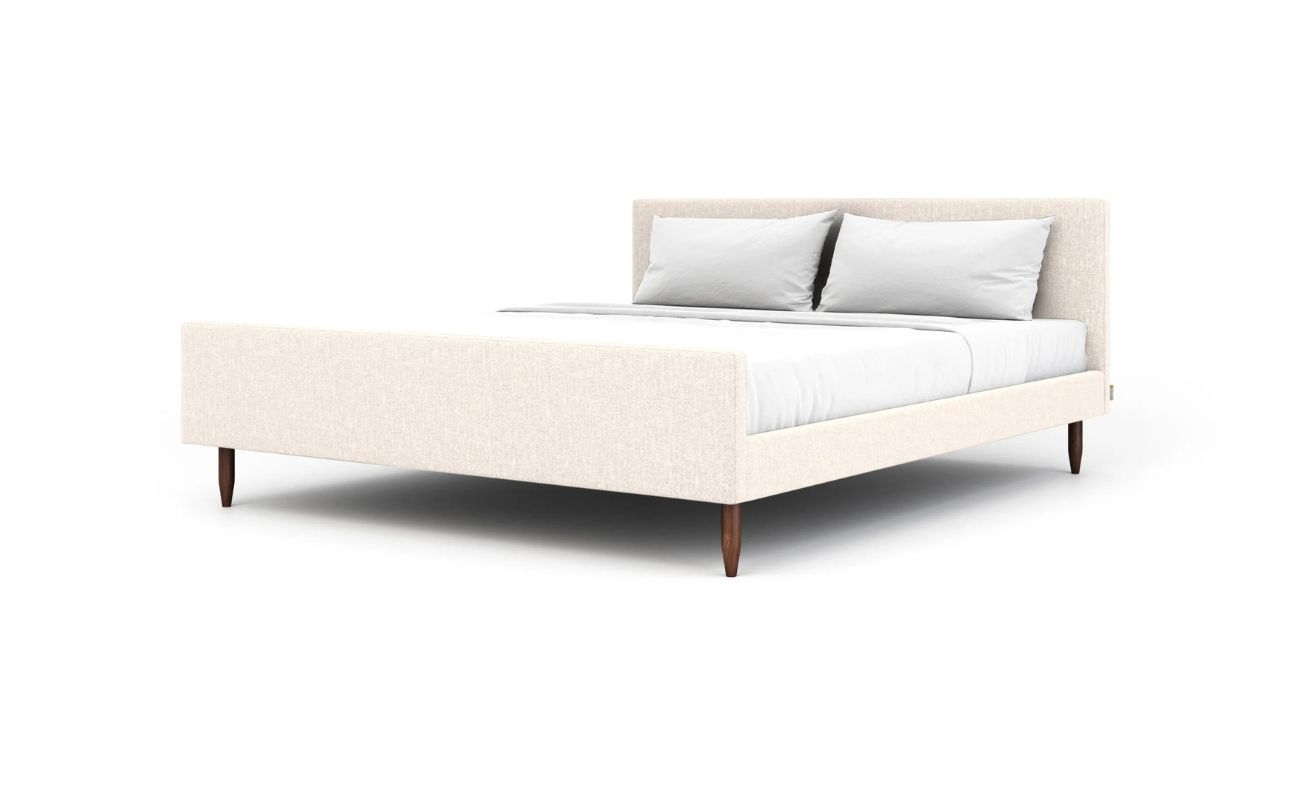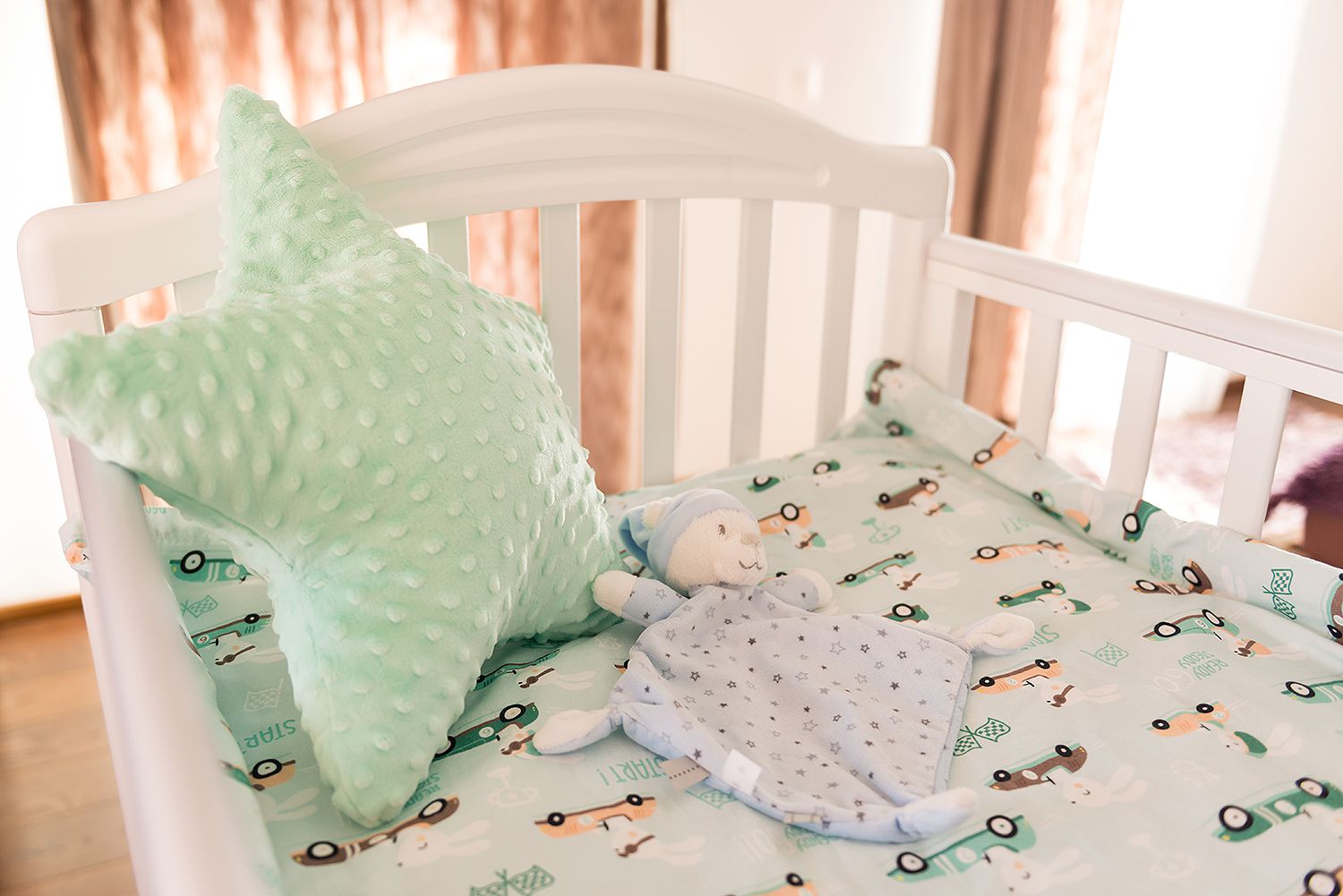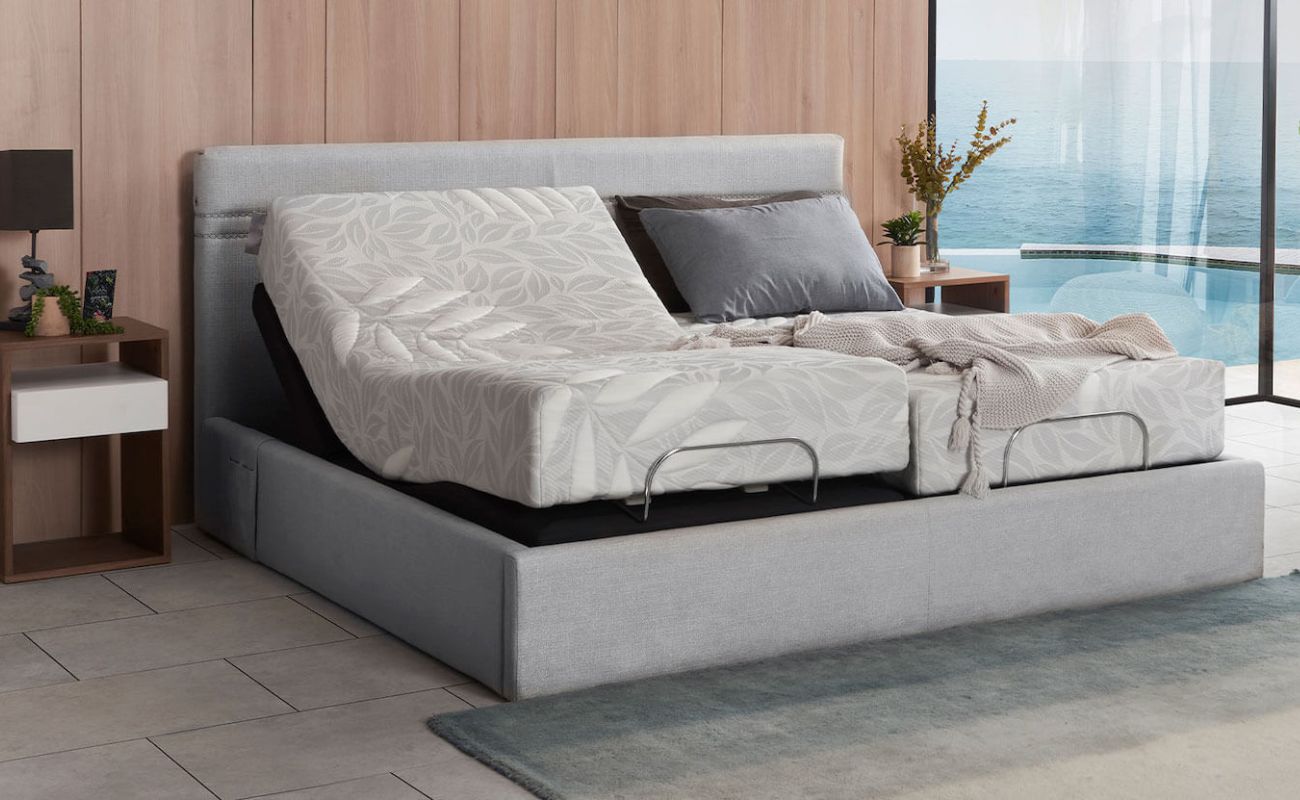Home> Mattress
Mattress Mastery: Ultimate Guide to Your Best Sleep Yet
Dive deep into the world of mattresses with our comprehensive guide. Discover the key to unmatchable comfort and unrivalled nightly rest right here.
Where Is The PGC Number On Sealy Mattress
By: Noah Bennett • 100 Best Bedroom Furniture That Will Make Heads Turn
How To Remove A Sleep Number Mattress
By: James Anderson • 100 Best Bedroom Furniture That Will Make Heads Turn
How To Get Sheets To Stay On A Mattress
By: Sophie Thompson • 100 Best Bedroom Furniture That Will Make Heads Turn
How To Haul A Mattress In A Pickup
By: Daniel Carter • 100 Best Bedroom Furniture That Will Make Heads Turn
How To Move A Queen-Size Mattress
By: Emily Roberts • 100 Best Bedroom Furniture That Will Make Heads Turn
How Does A Soft Mattress Cause Sids
By: Samuel Turner • 100 Best Bedroom Furniture That Will Make Heads Turn
How To Make A Crib Mattress Softer
By: Isabella Mitchell • 100 Best Bedroom Furniture That Will Make Heads Turn
What Mattress Firmness Is Best For The Elderly
By: Benjamin Parker • 100 Best Bedroom Furniture That Will Make Heads Turn
